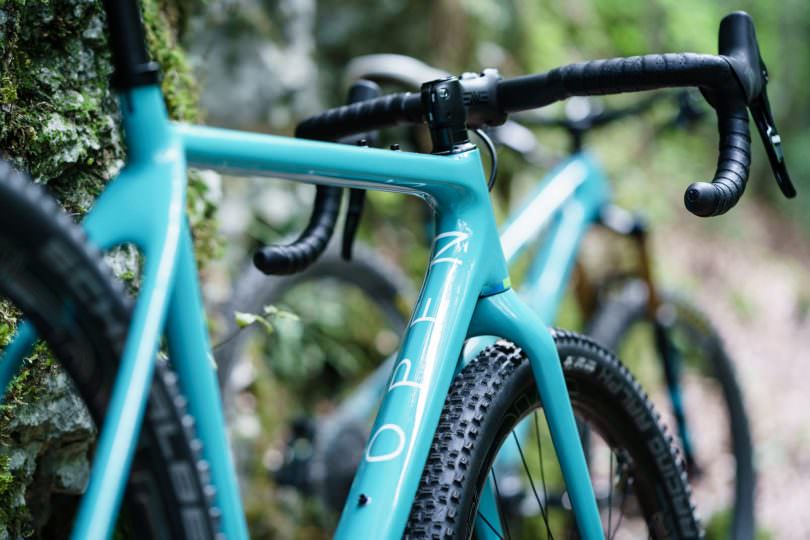Rise in Popularity of Gravel Biking
Gravel biking has emerged as one of the most transformative forces in modern cycling. Once viewed as a niche subset of the sport, gravel riding has evolved into a global cultural movement that’s redefining how people interact with bicycles, nature, and community. The core appeal lies in its versatility. Gravel bikes are designed to handle a wide variety of surfaces—from smooth tarmac and rugged dirt paths to loose gravel and forest trails—making them the ultimate “do-it-all” option. Riders no longer need to choose between the precision of a road bike or the toughness of a mountain bike. With a gravel bike, they can do both—and more.
The rise of gravel riding isn’t just about technology or bike design. It’s about the experience. In a world where urban congestion, digital overload, and pandemic fatigue have become the norm, gravel biking offers something refreshingly analog: escape. Riders are seeking not only adventure but also the mental clarity that comes from disappearing onto a winding trail without traffic lights or crowds. The pandemic accelerated this desire. With gyms closed and city commuting drastically reduced, many discovered the joys of getting lost on country roads, rediscovering nature in the process.
Events like Unbound Gravel in Kansas, the Belgian Waffle Ride, and Grinduro have added a new level of excitement to the category. These are not just races—they are cultural touchpoints where people gather to celebrate community, challenge, and exploration. Gravel events typically emphasize camaraderie over competition, drawing in cyclists of all skill levels and backgrounds. It’s not about winning—it’s about finishing, exploring, and pushing one’s limits in a supportive environment. This more inclusive ethos has helped the trend grow faster than traditional road cycling events.
Industry Responses with Specialized Products and Events
The cycling industry has not only noticed the surge in gravel riding—it has enthusiastically embraced it. In the past few years, major bike brands like Specialized, Trek, Giant, and Cannondale have launched entire product lines dedicated to gravel. From lightweight carbon gravel race bikes to steel-framed touring models designed for multi-day adventures, manufacturers are competing to meet the growing demand.
Component brands have followed suit. Shimano’s GRX groupset, specifically designed for gravel bikes, marked a turning point in how seriously the industry took this market. SRAM quickly responded with its XPLR gravel ecosystem, emphasizing 1x drivetrains and wide gear ranges tailored for mixed terrain. Tires, once limited to narrow racing slicks or chunky mountain rubber, now come in hundreds of gravel-specific options, balancing low rolling resistance with off-road grip.
Beyond the hardware, apparel brands are also pivoting. There’s a growing market for gravel-specific clothing—think more relaxed fits, hydration storage, weather versatility, and even kits that blend traditional road aesthetics with adventure-ready performance. Helmet and bag manufacturers are innovating too, offering integrated storage, modular frame bags, and sleek safety designs suited for long, unsupported rides.
Media and event organizers are also capitalizing on gravel’s momentum. New racing series, podcasts, YouTube channels, and gravel-focused magazines are popping up everywhere. Social media has played a huge role in amplifying gravel culture—whether it’s scenic ride recaps on Instagram, gear reviews on TikTok, or YouTube documentaries that follow amateur riders tackling 200-mile races. This content has helped normalize gravel riding, making it aspirational yet accessible.

Gravel’s appeal is also reshaping traditional trade shows and expos. Events like Sea Otter Classic now dedicate entire pavilions to gravel products. Even long-standing road and mountain bike brands are diversifying their lineups, no longer seeing gravel as a trend to experiment with, but as a core segment of their business. The result is a wave of innovation across the board—from frame geometry and suspension tech to GPS devices designed for backcountry navigation.
The momentum doesn’t seem to be slowing. In fact, gravel is becoming the testing ground for sustainability in cycling. Brands are experimenting with recycled materials, biodegradable packaging, and long-life components, aligning the gravel movement with broader eco-conscious values.
Conclusion: Will Gravel Remain a Dominant Force?
So, is the gravel bike trend here to stay—or is it just a temporary boom destined to plateau like fat bikes or fixie culture? If current data and industry behavior are any indication, gravel riding has solidified itself as a long-term segment, not a seasonal fad. Unlike past cycling fads that catered to niche interests or aesthetics, gravel biking is rooted in utility, freedom, and emotional experience. It allows riders to go further, slower, or faster—on their own terms.
The demographic shift is also notable. Gravel appeals to everyone from hardcore roadies looking to escape traffic, to aging mountain bikers seeking less intense terrain, to newcomers who want a safe, unpretentious entry into cycling. The product range is expanding to meet all budgets and skill levels. And with e-gravel bikes gaining popularity, the barrier of physical fitness is lowering, broadening the community even further.
If anything, gravel’s future seems even more promising as urban cycling infrastructure improves and climate-conscious travel becomes more mainstream. Adventure tourism, bikepacking, and remote commuting are aligning perfectly with what gravel bikes offer. As the line between cycling for sport, commuting, and lifestyle blurs, gravel bikes are uniquely positioned to serve multiple purposes without compromise.
In short, gravel biking isn’t just a trend—it’s a revolution in how we think about bikes, roads, and the world around us. And it’s only just beginning to pick up speed.







































Discussion about this post